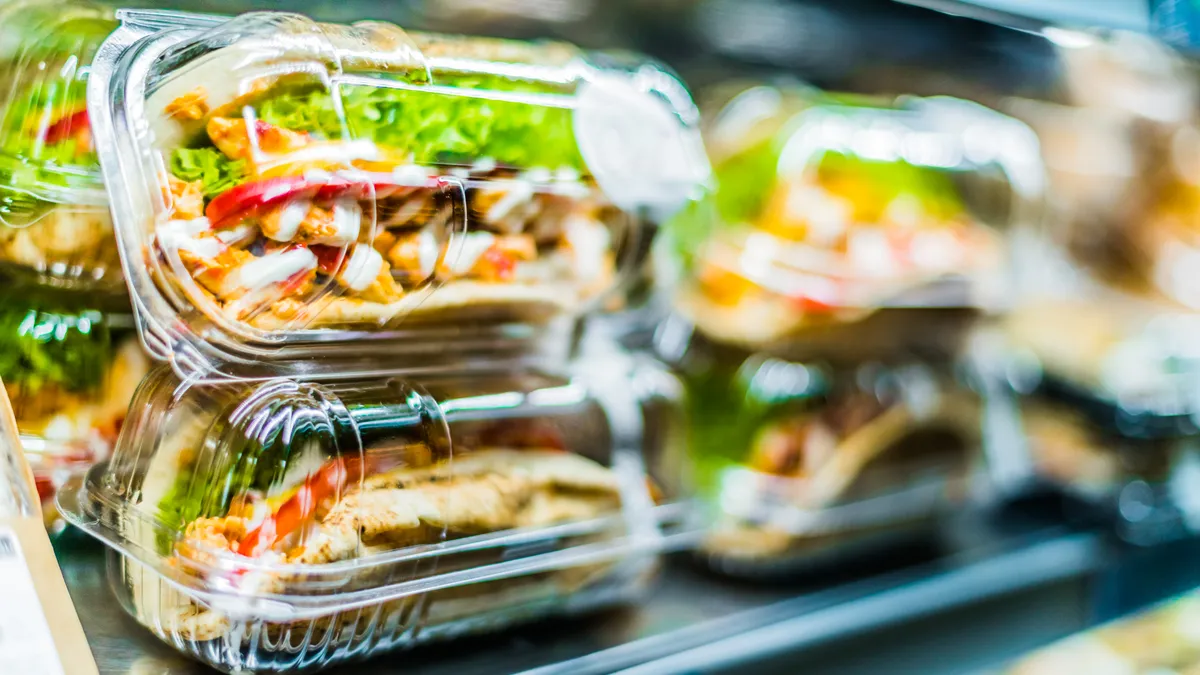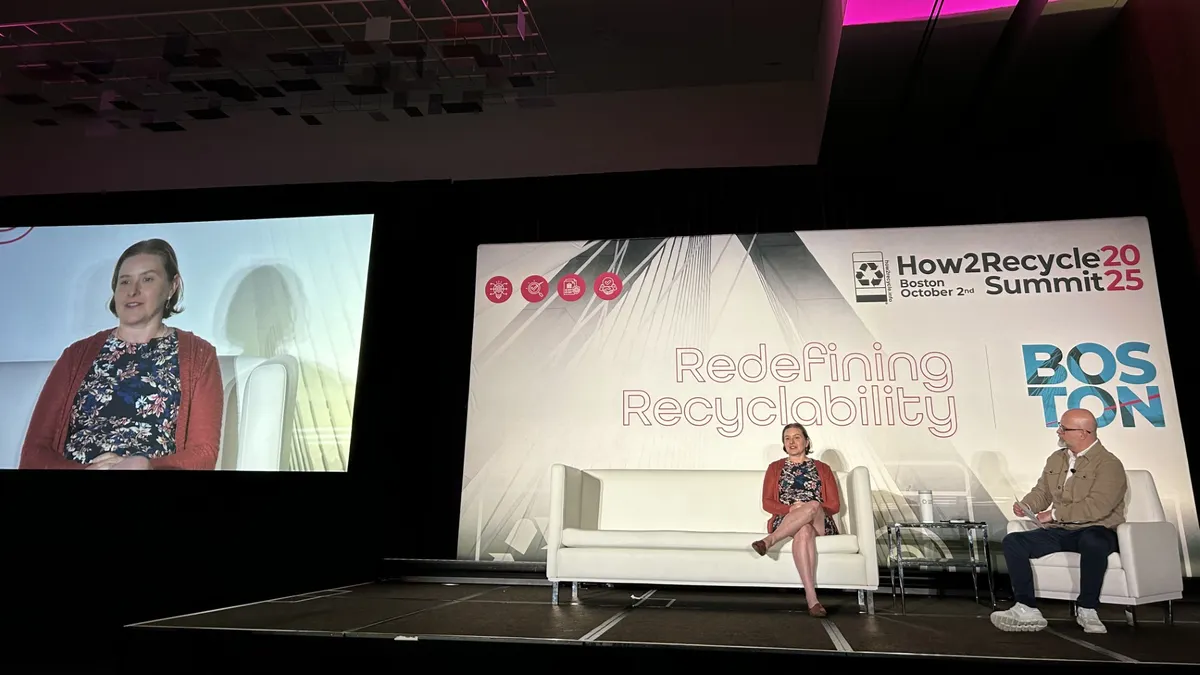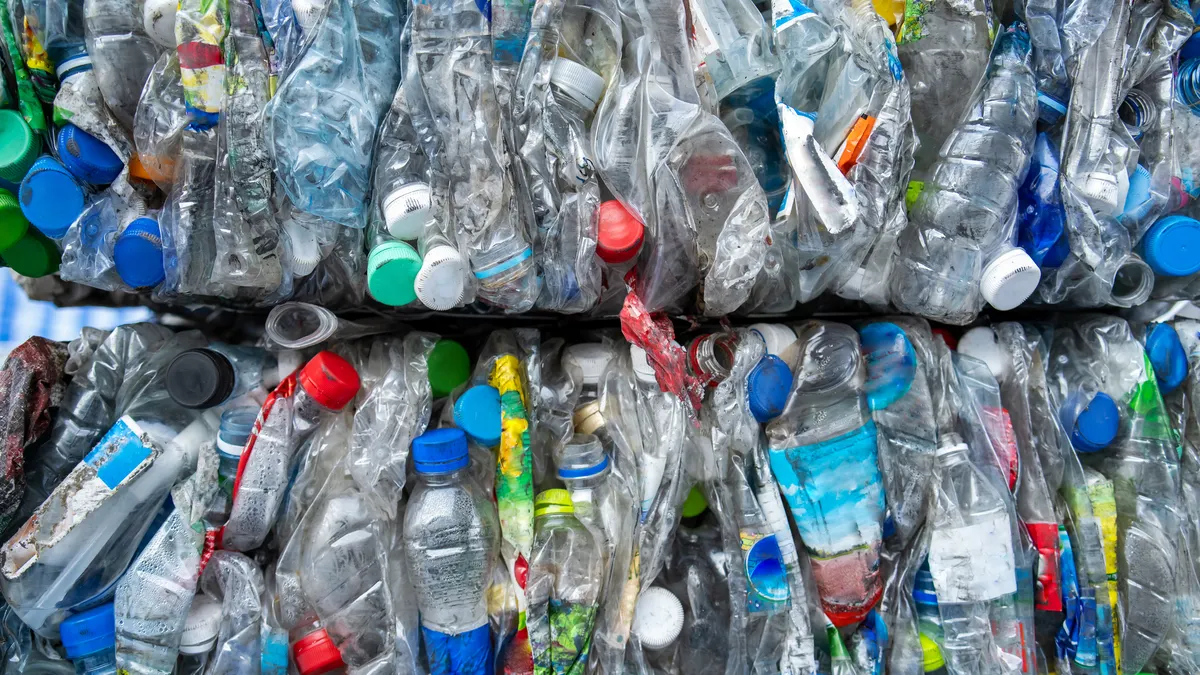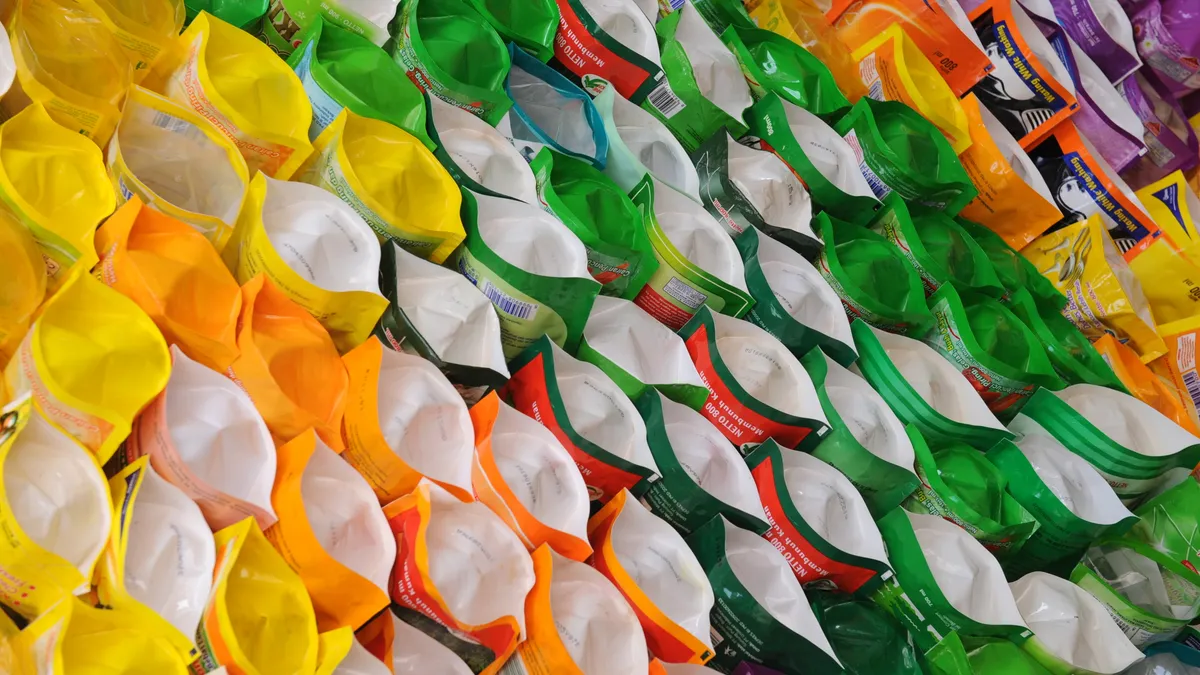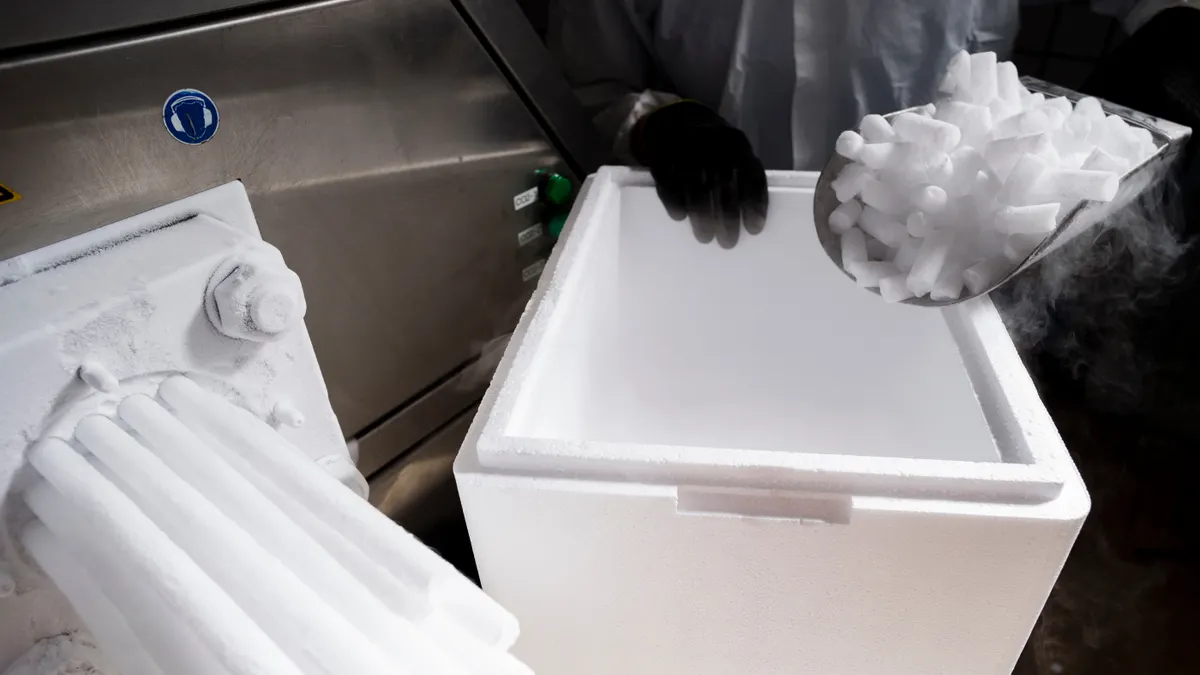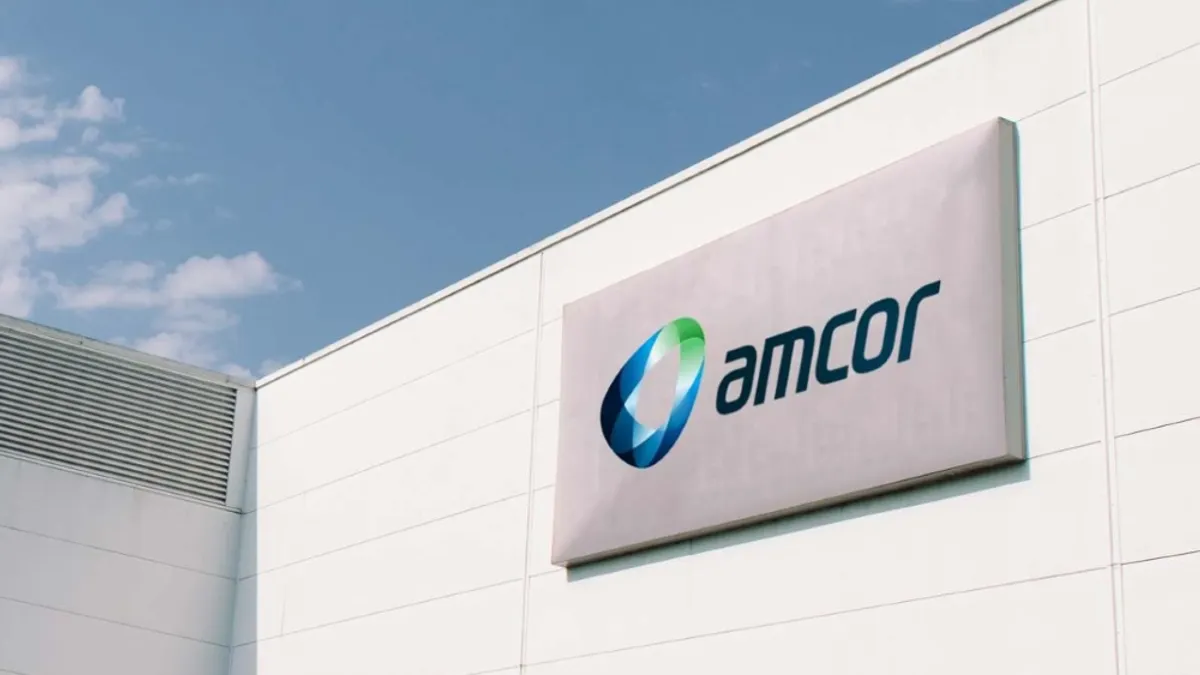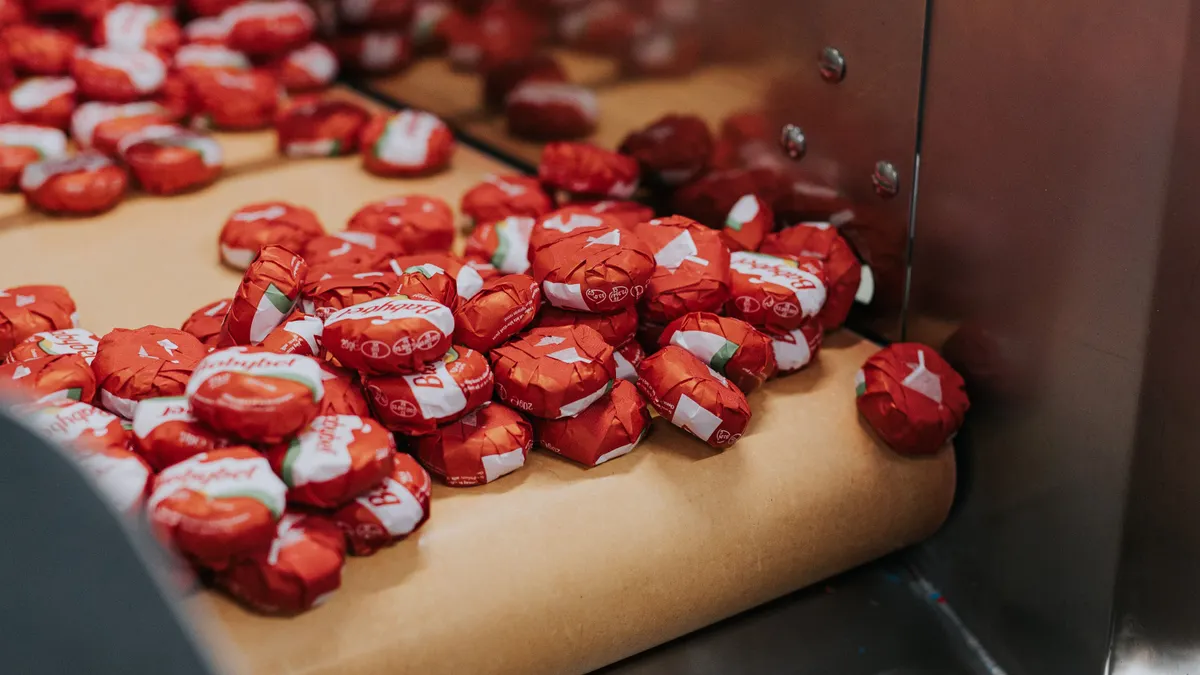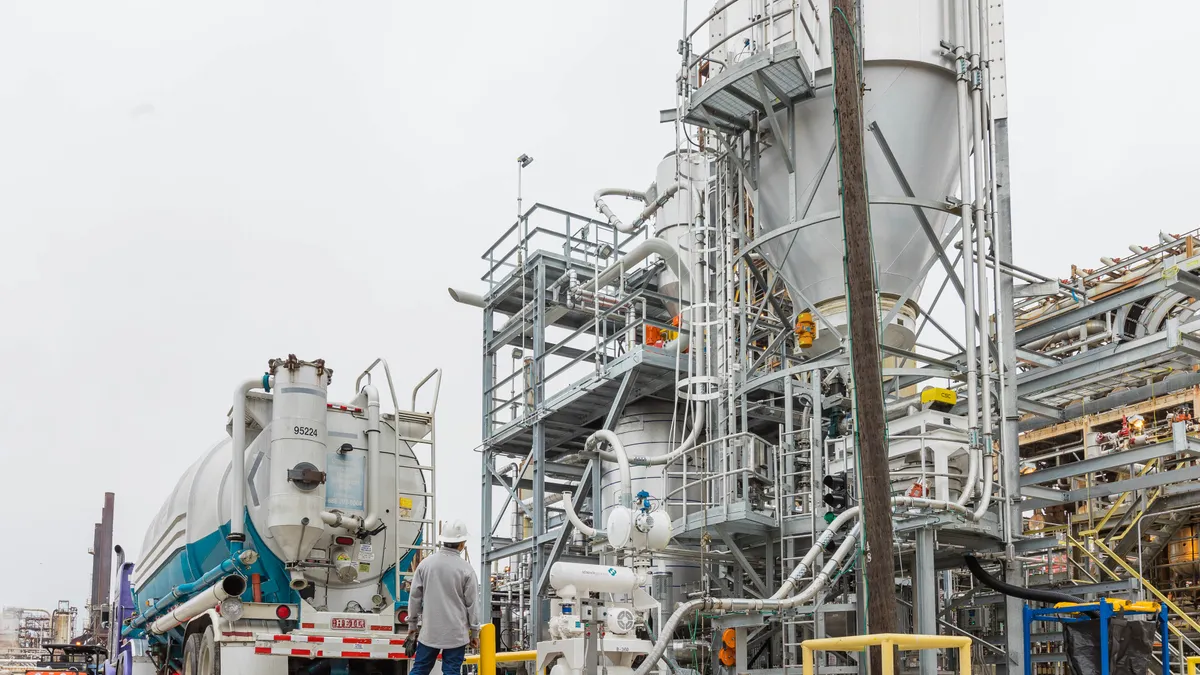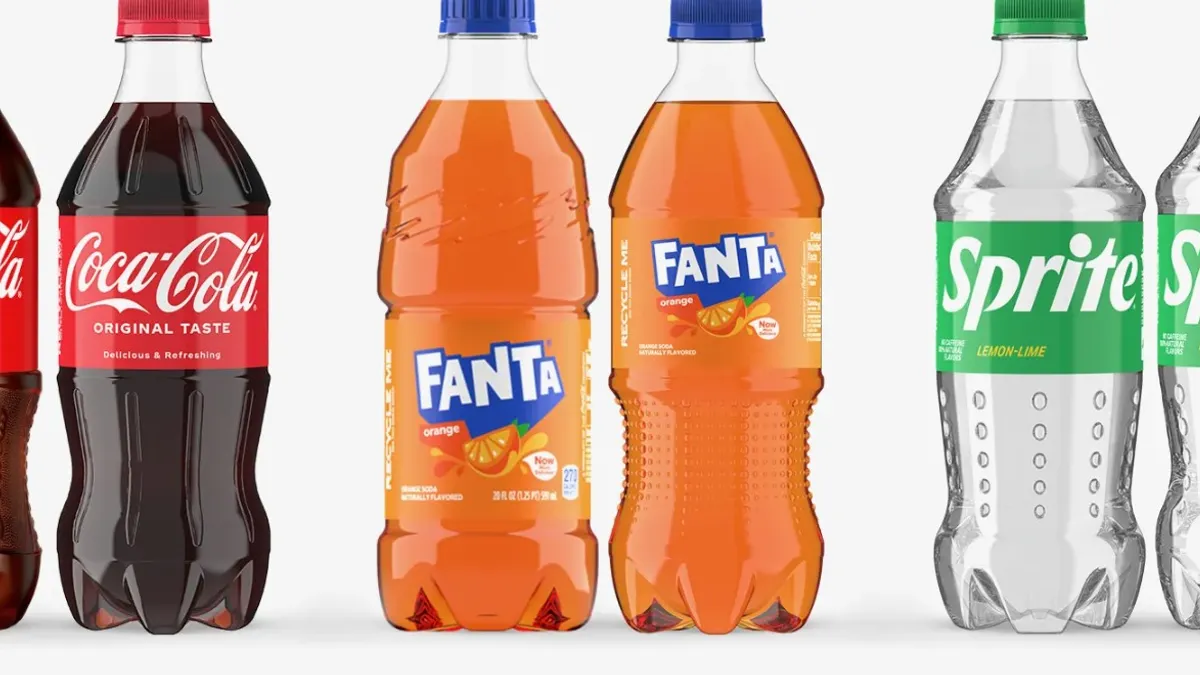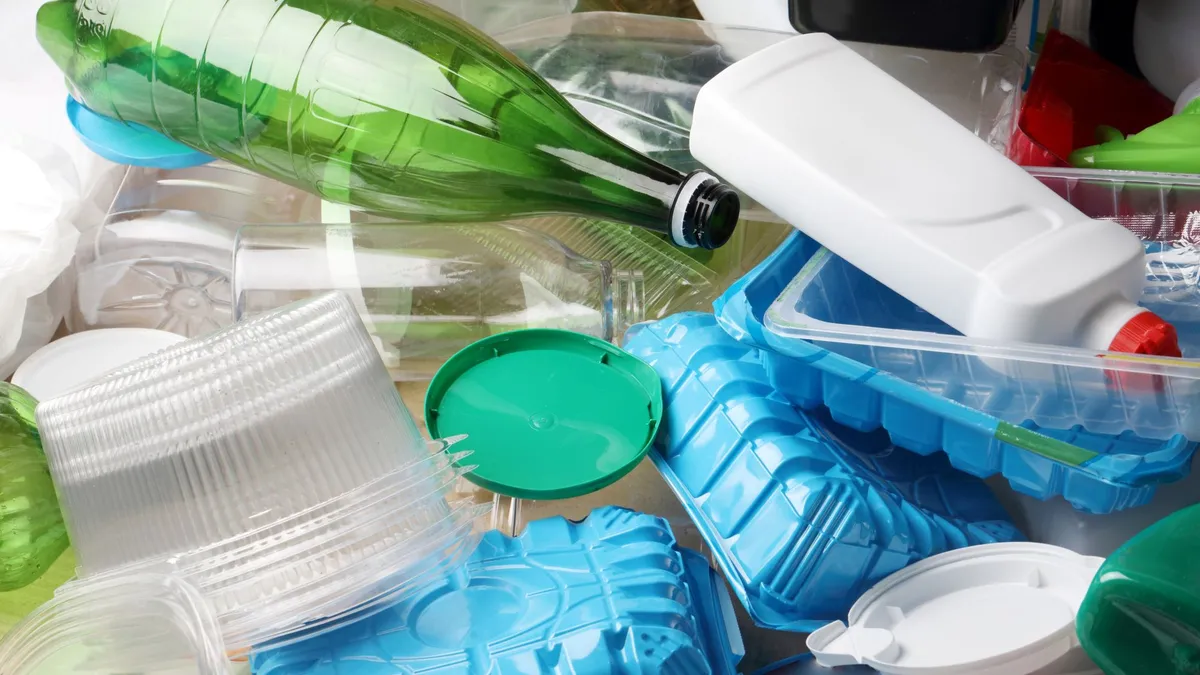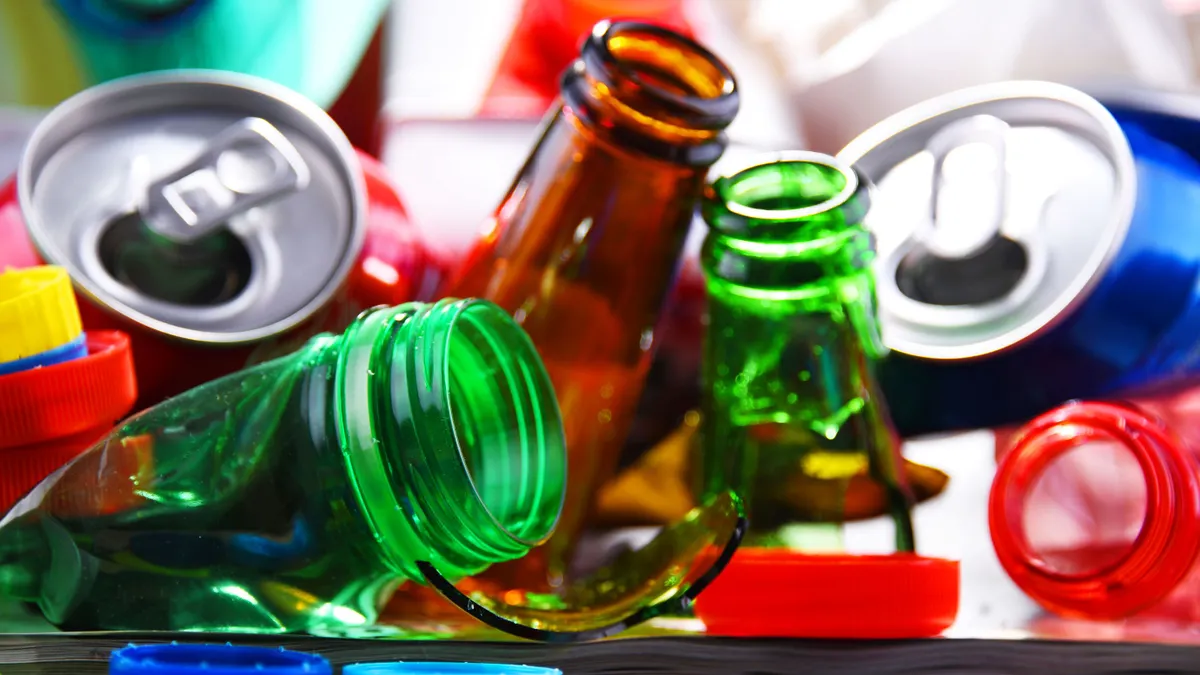What’s shaping the future of packaging design and recycling? Midway through 2025, GreenBlue, the nonprofit behind the Sustainable Packaging Coalition and How2Recycle, is out with updates.
In line with the SPC Impact event last week in Seattle, the organization shared its 2025 sustainable packaging trends report, defining and detailing the following four highlights:
- In packaging innovation, refills are making a comeback for spirits and beauty.
- In packaging design, the future is not material agnostic.
- In packaging policy, material health is taking center stage.
- In packaging recovery, specialized recyclers are filling the gap for hard-to-recycle packaging formats.
Next actions related to advancing these trends include improving disposal processes for items like refill pods, leveraging SPC resources to educate members on nuances and environmental trade-offs between different packaging materials, and sharing results from migration and food safety tests on packaging.
On the design and recycling fronts, GreenBlue recently shared news about an update to its How2Recycle label redesign, as well as a large collaboration to advance tube and thermoform recycling:
Eyeing California, How2Recycle adjusts store drop-off label
At last year’s How2Recycle Summit, the organization announced a new design for the label to be rolled out in the future to the hundreds of brands that use the platform. GreenBlue recently announced that the slate of refreshed How2Recycle Pro labels will be available to users this August.
“The August timeline aligns with the work we have to do behind-the-scenes to make the label transition possible and with the recyclability changes to be announced in the [July guidelines for use],” the group reported. H2R’s July update will also feature information that comes out of the team’s review of CalRecycle’s SB 343 Material Characterization Study Final Findings, which was released last month. This is part of California’s law that will restrict which packaging can feature a chasing arrows symbol come October 2026.
“The study results are not a one-for-one list for all of the packages we evaluate, so we need to develop a clear understanding of how each of our many decisions is impacted by the results, which requires detailed evaluation and thorough discussion with partners to ensure our interpretation is correct,” said Mary Katherine Moore, senior manager for marketing and communications at GreenBlue, in an email.
There were concerns last year that the label could clash with SB 343. GreenBlue announced that “out of an abundance of caution around what California’s SB 343 will deem ‘recyclable,’ the label design no longer features arrows in a circle in its symbology.” The new symbol depicts a drop-off bin.
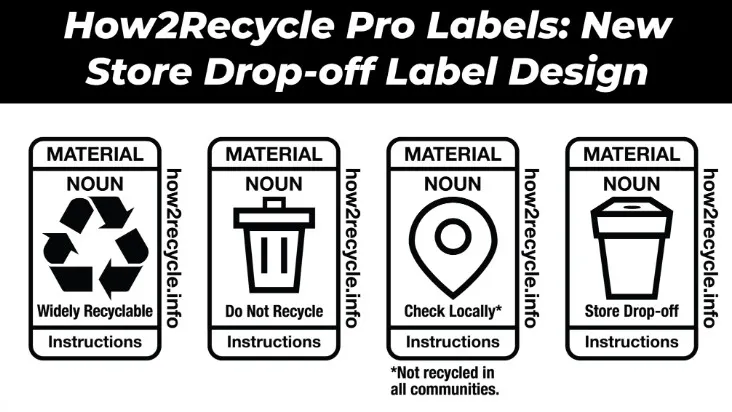
Moore said that H2R made the change “proactively” rather than based on specific feedback from CalRecycle.
“How2Recycle acknowledges that store drop-off recycling isn’t perfect,” but the system “continues to serve as a vital channel for reclaiming the films and flexible packaging that would otherwise end up in landfills,” the group said in its announcement. The group also noted it’s currently working on research to better monitor the SDO recycling stream.
“While we neither lobby for legislation nor manage the store drop-off system, we adapt to changes across these landscapes to make sure that our members have industry-leading labels and consumers have the clarity they need to make the right disposal decision,” GreenBlue wrote.
Asked whether the “widely recyclable” category, which does still feature a chasing arrows-type symbol, would be affected by 343, H2R believes that’s likely still fine for brands, but it’s also currently evaluating recyclability of all materials to determine if certain package types will need to move to a different category.
For now, How2Recycle recommends that member companies review their packaging portfolios to identify formats that may be affected by California’s criteria.
New task force heightens attention to tube, thermoform recycling
The quest continues for consumers to easily recycle a tube of toothpaste or a plastic clamshell container, common items that many recycling programs do not accept.
These categories of packaging are the focus of a newly announced task force that’s bringing together many groups across the packaging and waste industries to improve recyclability for PE squeeze tubes and PET thermoform containers.
“Tubes and PET thermoforms were chosen in part because there are groups actively working to advance the recyclability of these packaging formats — so our guidance document could have immediate impact,” Moore wrote.
The task force is more focused on creating and providing resources than offering direct funding. The group’s deliverable will be a guidance document for companies covering the design process to assessing recyclability thresholds.
While SPC is used to collaborating with industry groups, this task force is unique in how many partners across the value chain are involved as a single unit, Moore said. Collaborators on the Packaging Recyclability Advancement Task Force include GreenBlue, the U.S. Plastics Pact, The Recycling Partnership, the Recycled Materials Association, the Solid Waste Association of North America and the Association of Plastic Recyclers. It’s meant to build on longstanding work by businesses such as Colgate-Palmolive and Haleon to try to improve solutions for these hard-to-recycle items, SPC said.
According to Moore, the task force could expand its focus to more formats in the future.
“These two formats are intended to be case studies to identify gap areas to develop the guidance document. The final guidance document is intended to be applicable to advancing the recyclability of all plastic packaging categories that meet the technical design guidelines,” she said.


